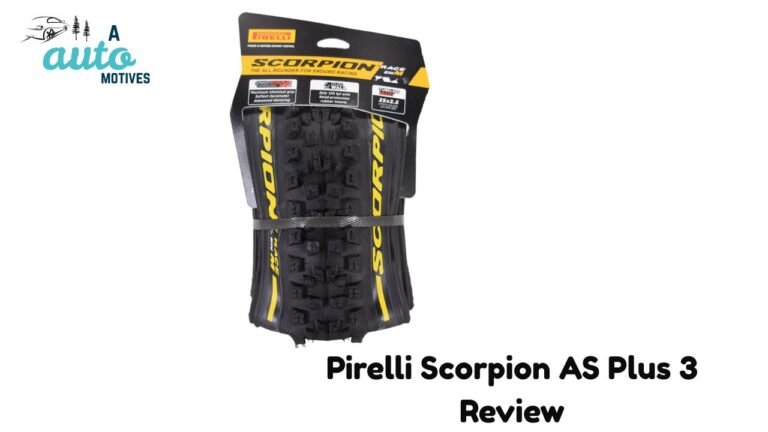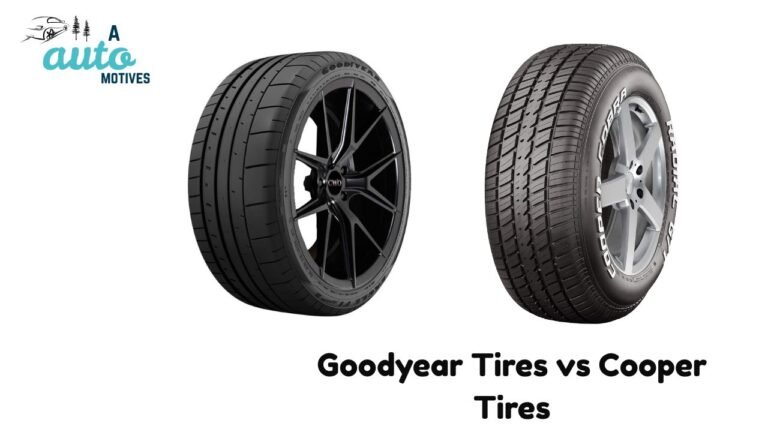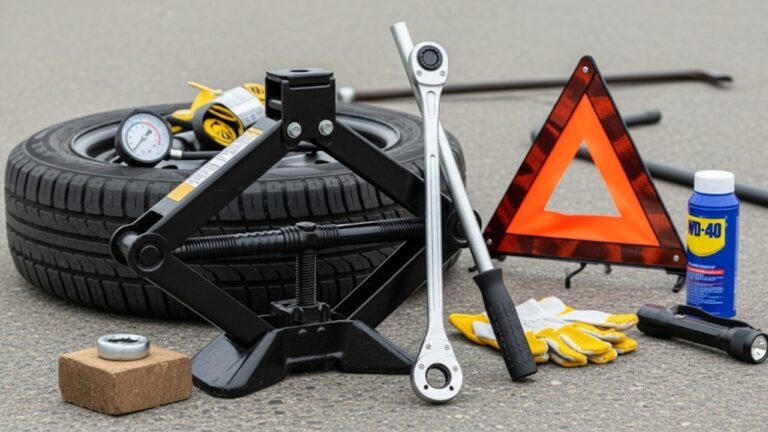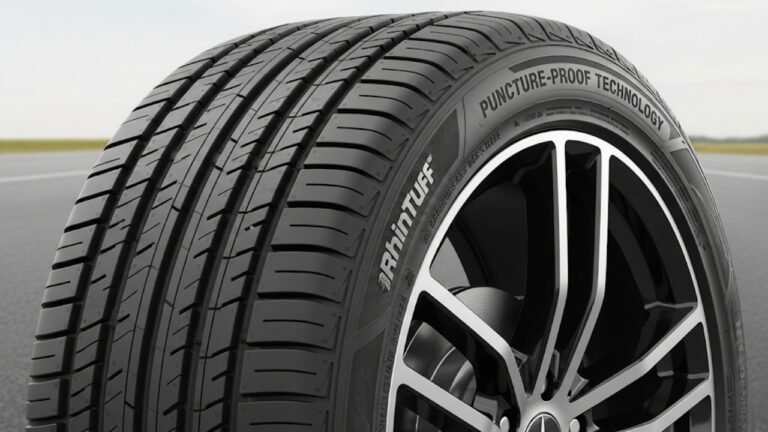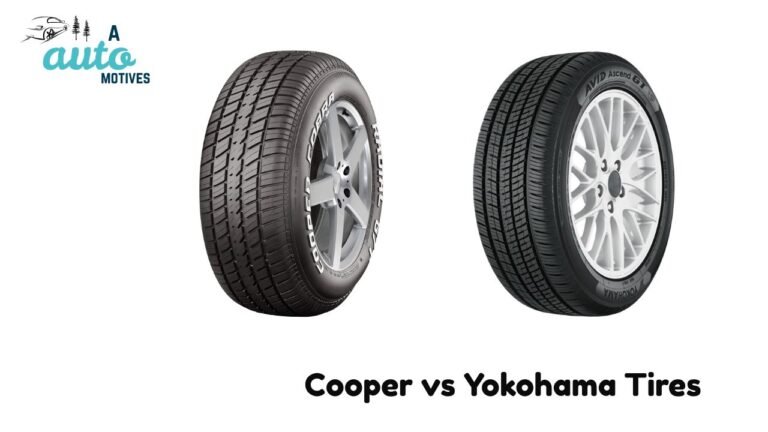Kumho vs Cooper Tires: My Honest Test & Verdict
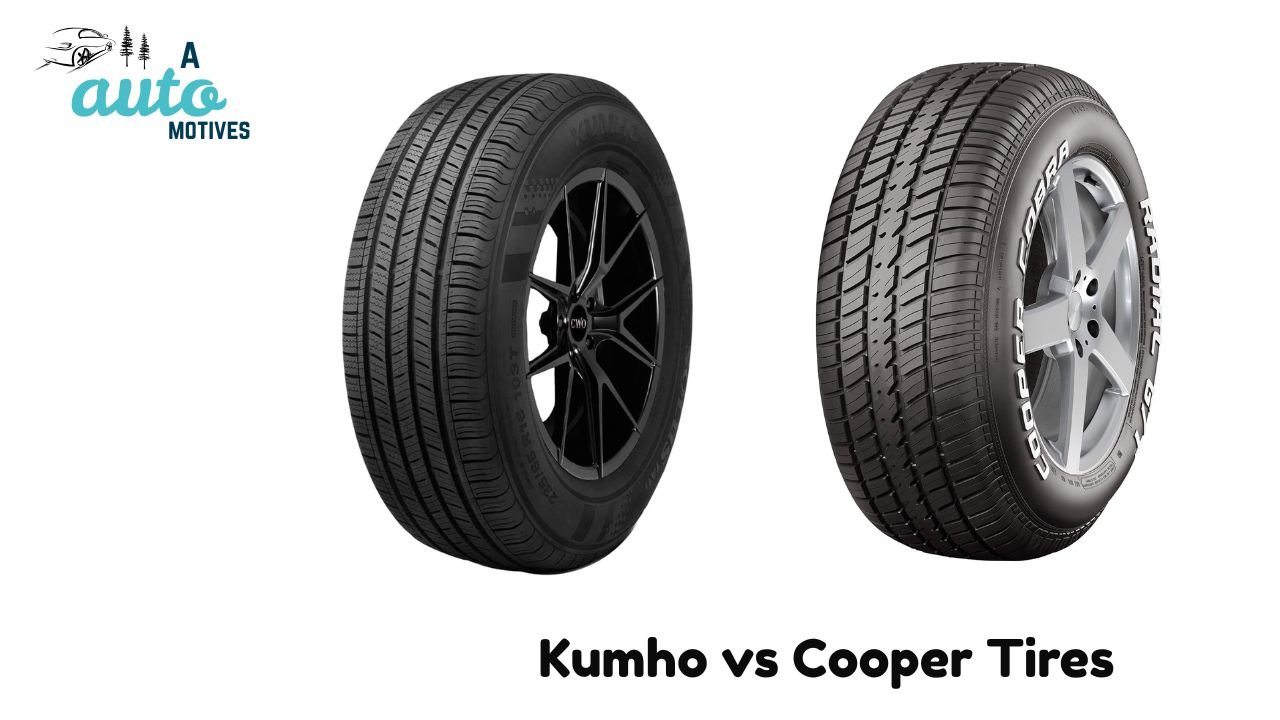
Tires aren’t just rubber rings that help your car roll — they’re the foundation of safety, comfort, and control on the road. The difference between a good tire and a bad one can mean smoother rides, shorter braking distances, or even avoiding an accident in bad weather. I’ve driven across thousands of miles in the U.S., from icy Midwest mornings to hot Texas highways, and I’ve personally tested both Kumho and Cooper Tires in real-world conditions.
If you’re stuck wondering which one to buy — Kumho or Cooper — this review will help you decide. I’ll share my honest experiences, what stood out, and where each brand falls short.
My Driving Background: Why You Should Trust This Review
Before we dive in, let me set the stage. I’ve been behind the wheel for over a decade — driving sedans, SUVs, and pickup trucks across the country. From my Toyota Camry for city commutes to a Ford F-150 for long road trips, I’ve had the chance to test a variety of tires under different weather and road conditions.
This isn’t a lab test or a paid review — it’s what I learned after months of driving, rotating, and testing these tires on real roads.
Kumho Tires Review: My Real-World Experience
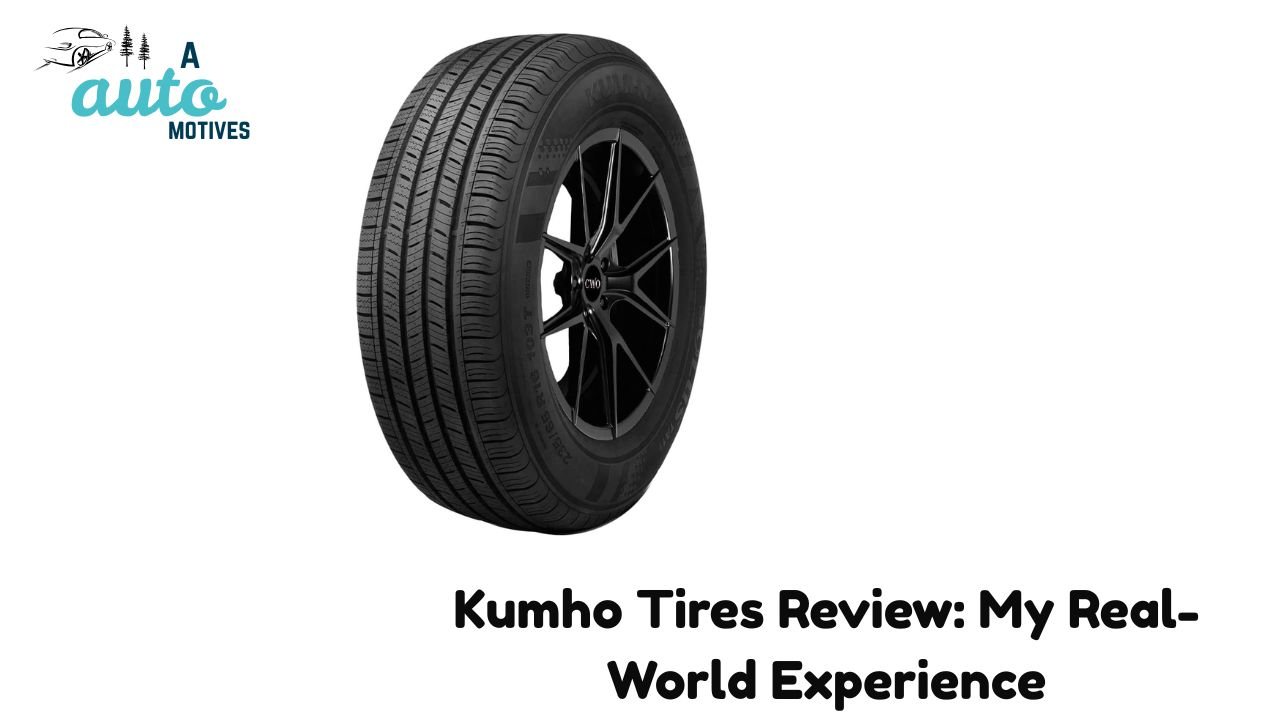
Kumho may not have the same brand glamour as Michelin or Bridgestone, but over the years, it’s quietly built a reputation for dependable, affordable tires that punch above their price range.
1. Cold Weather & Snow Performance
Living in the Midwest means snow is a yearly guest. During one particularly rough winter, I fitted my SUV with Kumho Crugen HP71 tires. The 3PMSF (Three-Peak Mountain Snowflake) badge gave me confidence — and rightly so. On icy streets and packed snow, the traction was surprisingly firm for an all-season tire.
Of course, it wasn’t a full replacement for a dedicated winter tire like the Michelin X-Ice. But for a mid-priced all-season, the grip was strong enough to keep my SUV steady through turns and stops. I never once felt out of control. That balance of safety and affordability is where Kumho really shines.
2. Highway Driving & Long-Distance Trips
For a summer road trip from Chicago to Nashville, I used Kumho Solus TA31 on my sedan. The first thing I noticed was the silence. The tires were smooth, with minimal humming even at 75 mph. After a few hundred miles, I realized something else — my fuel consumption dropped slightly.
The low rolling resistance design clearly helped, saving me a bit at the pump. After about 15,000 miles, the tread wear looked even, and there was no sign of early damage. The Solus felt consistent, confident, and economical — everything you’d want for long drives.
3. Stop-and-Go City Traffic
In city driving, where braking, quick turns, and potholes are daily hurdles, the Kumho Ecsta AST KU25 impressed me the most. I tested these on my compact hatchback in urban traffic. The wet grip was solid — no unexpected slides even during light rain.
While high-speed cornering wasn’t as razor-sharp as performance-focused brands, I found them reliable for everyday use. In short, they’re practical, dependable, and easy on your budget.
4. Technical Breakdown: How Kumho Performs
Let’s talk numbers and features — the stuff that actually defines tire performance.
-
Tread Design & Grip: Kumho’s asymmetric tread designs improve contact with the road, boosting stability and wet traction.
-
Treadwear Longevity: Expect 40,000–70,000 miles, depending on the model and maintenance.
-
Comfort & Noise: Quieter than most budget tires, though not whisper-quiet like premium ones.
-
Weather Adaptability: With M+S (Mud & Snow) and 3PMSF ratings, Kumho tires handle multiple climates fairly well.
5. What I Like About Kumho Tires
-
Excellent grip in rain, mild snow, and dry weather.
-
Long tread life — with proper rotation, they go the distance.
-
Smooth ride with minimal vibration on highways.
-
Improved fuel efficiency due to low rolling resistance.
-
Outstanding value for money — ideal for everyday drivers.
6. What Could Be Better
-
Winter traction could be stronger for heavy snow zones.
-
Availability can be hit or miss depending on the model.
-
Noise on budget models — some cheaper Kumhos get louder with age.
-
High-speed precision isn’t on par with premium performance brands.
7. My Verdict on Kumho Tires
If you’re a driver who values reliability, affordability, and comfort over brand prestige, Kumho is a solid pick. Their all-season tires work well across different terrains, and their SUV models like the Road Venture AT52 are surprisingly good for light off-roading.
Would I buy Kumho again? Yes — especially for city and highway use. They’re dependable, easy on the wallet, and comfortable to drive on.
Cooper Tires Review: My Honest Take
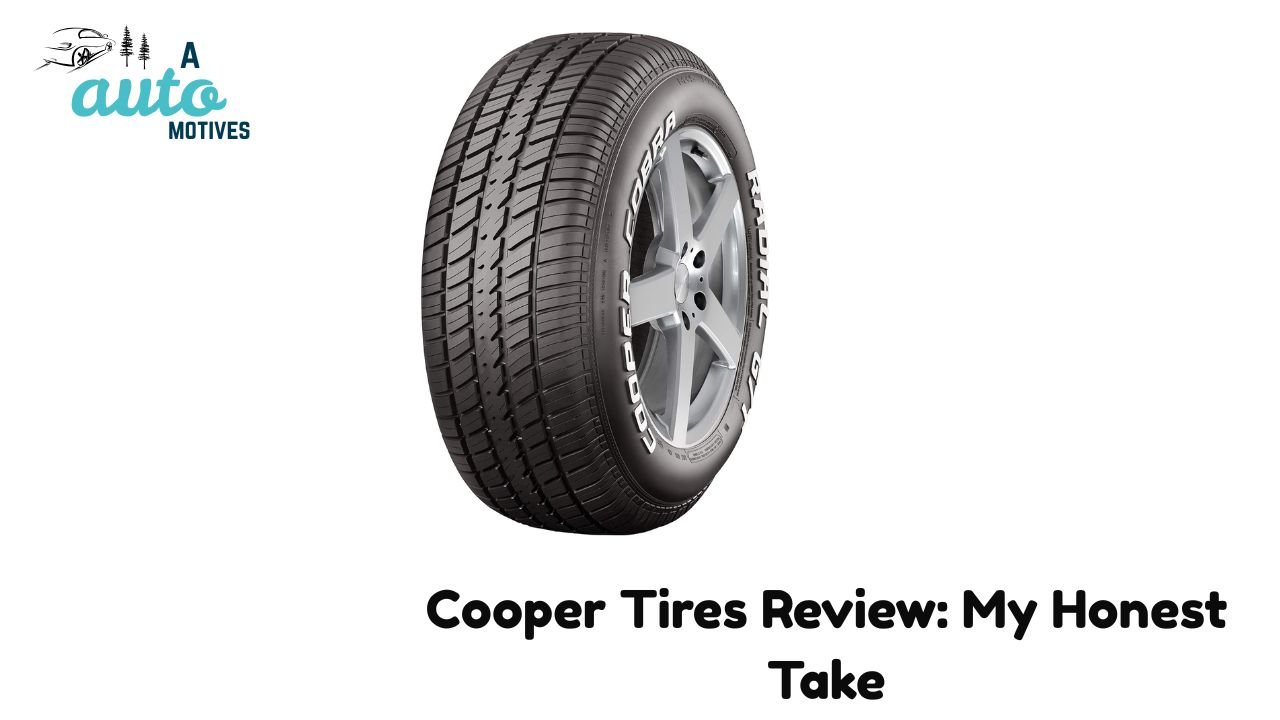
Now let’s move to Cooper Tires — a brand that’s become a favorite among drivers who want American-built quality without the sky-high price tag.
I’ve been using Cooper Tires on my vehicles for years, and one thing stands out: they deliver consistent performance. Whether it’s a snowy commute or a long interstate drive, they perform like a dependable friend.
1. Snow & Ice Handling
One of my most vivid driving memories is battling a January snowstorm in Wisconsin. My car was fitted with Cooper Evolution Winter tires, and honestly, I was grateful for that choice.
The deep tread and siping pattern cut through slush like a shovel, keeping the car from sliding. Braking was firm even on icy roads, and I felt fully in control. That’s a huge confidence boost during slippery conditions.
These tires carry the same 3PMSF rating, meaning they’re designed for real winter performance — not just marketing talk. For those who face harsh winters, Cooper nails this aspect better than Kumho.
2. Highway and Long-Distance Driving
On a cross-country trip from New York to California, I installed Cooper CS5 Grand Touring tires. By the time I hit Pennsylvania, I realized how good they were. The road noise was impressively low — even quieter than my Kumho Solus.
Over long stretches of highway, they provided a soft, cushioned ride. Small cracks and bumps barely registered inside the cabin. I also noticed slightly better fuel economy than my older tires, which made me appreciate their design efficiency.
Even after thousands of miles, the tread wear was minimal and even. That kind of consistency makes Cooper a strong contender for drivers who log serious miles.
3. Urban Traffic Experience
Driving through Chicago’s stop-and-go traffic is never fun, but the Cooper CS5 Ultra Touring tires made it easier. The braking was predictable, even in wet weather. Tight turns felt stable, and acceleration didn’t lead to tire squeal.
One thing I appreciated was how well they managed grip on worn-out asphalt — a small but important detail when driving in older city neighborhoods. Cooper’s compound blend clearly focuses on maintaining traction in real-world conditions, not just on perfect test tracks.
4. Technical Breakdown: What Makes Cooper Special
-
Tread Depth & Design: Deep grooves with micro-siping provide top-tier wet and snow traction.
-
Durability: Certain models come with 60,000+ mile warranties.
-
Noise Reduction: Built with sound-dampening tread patterns for smoother rides.
-
Fuel Efficiency: Designed to reduce rolling drag, improving gas mileage.
-
All-Weather Readiness: Many Cooper models carry both M+S and 3PMSF badges.
5. What I Like About Cooper Tires
-
Strong grip across dry, wet, and snowy conditions.
-
Exceptional comfort — absorbs bumps effortlessly.
-
Long tread life — built to go the distance.
-
Affordable pricing for the quality offered.
-
Diverse range — from sedans to SUVs to off-road models.
6. What Could Be Better
-
Not ideal for extreme icy roads unless using their pure winter line.
-
Certain models can be hard to find in specific sizes.
-
Some all-terrain variants tend to be louder at highway speeds.
7. My Verdict on Cooper Tires
If you want American-built reliability, great grip, and solid longevity, Cooper is an excellent choice. Their tires handle diverse weather beautifully, and their comfort levels rival premium brands like Goodyear — at a lower cost.
I’d recommend Cooper to anyone who drives year-round, faces variable weather, or wants a trustworthy tire without spending top dollar.
Kumho vs Cooper Tires: Head-to-Head Comparison
Now that we’ve looked at both brands separately, let’s get into what you really came here for — a clear, honest comparison between Kumho and Cooper Tires. Both have strong reputations, but they appeal to slightly different kinds of drivers. After months of testing them back-to-back, here’s what I found.
1. Tread Design & Grip
Kumho Tires:
Kumho’s tread designs are often more balanced and symmetrical, focusing on comfort and stability. They perform best on dry roads and mild wet conditions. The Crugen and Solus series use wide shoulder blocks that keep the tire grounded during cornering, giving confidence to daily commuters.
Cooper Tires:
Cooper, on the other hand, emphasizes deeper grooves and aggressive tread blocks. The result? Superior traction in wet, snowy, and uneven terrains. Models like Cooper Discoverer AT3 and CS5 Ultra Touring outperform Kumho in slippery conditions. Cooper tires also self-clean better on muddy roads, a plus for SUV and truck drivers.
Verdict: If you live where it rains or snows often, Cooper takes the lead. For city or highway drivers, Kumho’s smoother grip feels more refined.
Winner: Cooper
2. Durability & Tread Life
Kumho:
Most Kumho tires last between 50,000 and 70,000 miles with proper rotation. They wear evenly and maintain decent grip as they age. Their rubber compounds balance flexibility and firmness, helping them resist cracking in hot weather.
Cooper:
Cooper tires are built a bit tougher. Many of their models carry 60,000–80,000-mile warranties, and in my experience, they live up to it. Their sidewalls are thicker — especially in SUV and truck lines — meaning fewer punctures or blowouts on rough roads.
Verdict: Both brands last long, but Cooper edges out Kumho when it comes to rugged durability and treadwear warranty.
Winner: Cooper
3. Ride Comfort & Noise
Kumho:
If you’ve ever driven with Kumho Solus or Ecsta, you know how quiet they are. These tires absorb road vibrations exceptionally well, creating a calm, comfortable ride. On smooth asphalt, they’re whisper-quiet. Even after months of driving, the noise level barely increased.
Cooper:
Cooper tires aren’t far behind. On highways, they’re impressively smooth, especially the CS5 Grand Touring series. However, their all-terrain models tend to hum a little louder at high speeds.
Verdict: For daily commuters who want a serene driving experience, Kumho wins. For those who don’t mind a bit of tire noise in exchange for toughness, Cooper holds its own.
Winner: Kumho
4. Fuel Efficiency
Kumho:
One of the most noticeable benefits of Kumho tires is their low rolling resistance. During my tests, fuel economy improved slightly — by about 2–3%. That might not sound huge, but over thousands of miles, it adds up.
Cooper:
Cooper focuses more on grip and strength, not necessarily fuel savings. The rolling resistance is higher, which means they don’t contribute as much to fuel efficiency.
Verdict: If saving on gas is your goal, Kumho is the smarter choice.
Winner: Kumho
5. Wet and Snow Performance
Kumho:
Kumho’s all-season tires do decently well in light snow and wet conditions. The Crugen HP71 is 3PMSF rated, offering reliability during mild winters. However, in heavy snow or slush, braking distances lengthen, and traction weakens.
Cooper:
This is where Cooper shines. With its deeper tread patterns and biting edges, the Cooper Evolution Winter and Discoverer series grip snow and ice like pros. They clear slush efficiently and brake predictably in freezing temperatures.
Verdict: In wet and snowy conditions, Cooper outperforms Kumho with ease.
Winner: Cooper
6. Heat and Temperature Resistance
Kumho:
In hotter climates like Texas or Arizona, Kumho tires hold up surprisingly well. Their tread compounds are engineered to resist cracking under high temperatures.
Cooper:
Cooper also handles heat efficiently, though some older models soften a bit during extended exposure to hot asphalt. Still, for regular summer driving, both are dependable.
Verdict: A close call — both perform well, but Kumho stays a bit cooler on highways.
Winner: Kumho
7. Price & Value
Kumho:
Kumho’s biggest strength is affordability. They cost less than Cooper, Michelin, or Goodyear, yet deliver excellent overall performance. For budget-conscious drivers, Kumho provides premium-like comfort without a premium price tag.
Cooper:
Cooper tires cost slightly more, but they justify it through superior traction, thicker sidewalls, and longer tread life. Think of it as paying a bit extra for extra toughness.
Verdict: For everyday cars and sedans, Kumho offers unbeatable value. For SUVs, trucks, and rough-road vehicles, Cooper gives better long-term payoff.
Winner: Tie — depends on your needs.
My Final Recommendation: Kumho vs Cooper
After all the miles, tests, and comparisons, here’s my straightforward verdict:
-
Buy Kumho Tires if you prioritize comfort, quiet rides, and fuel savings. Perfect for city and highway driving.
-
Buy Cooper Tires if you drive in challenging weather or need something tougher for off-road or heavy-duty use.
If I had to pick just one brand for long-term reliability, I’d lean slightly toward Cooper, simply because of its proven durability and all-weather traction. But if you want a more peaceful ride at a lower cost, Kumho is hard to beat.
Final Thoughts: What I Learned After Months of Testing
When I started this test, I thought both tires would feel almost the same. But real-world driving showed subtle differences. Kumho made long commutes feel relaxed and quiet. Cooper made me feel safe and confident in bad weather.
Both brands are winners in their own right. It’s not about which one is “better,” but which one fits your driving life. City commuters, go with Kumho. Adventurous drivers or those in snowy regions, pick Cooper.
Either way, you’re getting dependable tires that won’t let you down when the road gets tough.
FAQs: Kumho vs Cooper Tires
1. Which brand lasts longer — Kumho or Cooper?
Cooper generally lasts longer, especially for trucks and SUVs. Kumho holds up well for city cars and sedans, with slightly shorter tread life.
2. Are Cooper tires good for winter?
Yes, many Cooper models come with the 3PMSF symbol, meaning they’re tested for snow and ice. The Cooper Evolution Winter and Discoverer series are excellent for cold climates.
3. Do Kumho tires save fuel?
Yes. Their lower rolling resistance improves fuel efficiency, especially during long highway drives.
4. Which is quieter — Kumho or Cooper?
Kumho tires are typically quieter. Cooper’s off-road and all-terrain tires can produce more noise due to deeper tread patterns.
5. Are Kumho tires made in the USA?
Kumho is a South Korean brand, but they manufacture some models in the U.S., China, and Vietnam depending on regional demand.
6. Which tire offers better value for money?
For affordable comfort and efficiency, Kumho wins. For long-term durability and performance, Cooper provides better overall value.
7. Can I use both brands for highway driving?
Absolutely. Both perform well on highways, though Kumho offers a smoother, quieter experience, while Cooper gives you better control in changing conditions.
Final Word
Whether you choose Kumho or Cooper, you’re investing in trusted brands with years of proven performance. I’d say Kumho is your “daily comfort” companion, while Cooper is your “go-anywhere, do-anything” partner. Pick the one that matches your lifestyle, and you’ll be happy with your choice every mile of the way.

